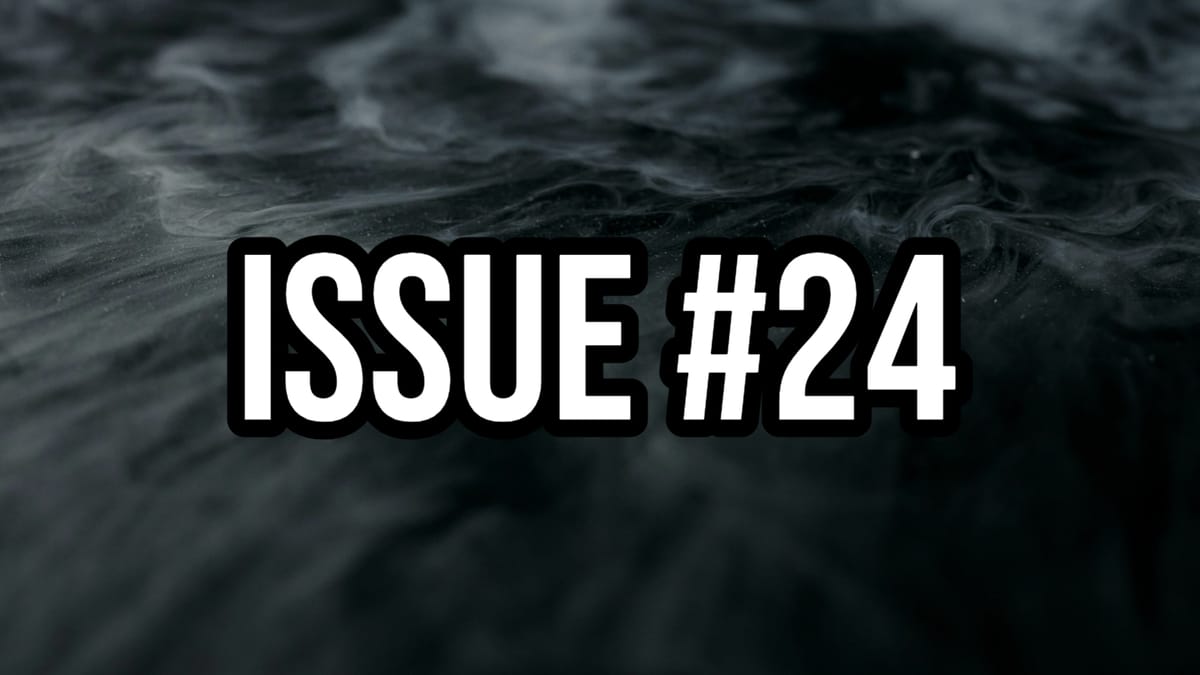Issue #24
Subscribe to read the full article.

Scientists Explore the Physics Behind UAPs
Recent investigations into Unidentified Anomalous Phenomena (UAPs), commonly known as UFOs, have prompted scientists to explore the potential physics behind these mysterious sightings. While UAPs have long been associated with extraterrestrial theories, researchers are now considering the possibility that advanced human-made technology or natural phenomena could explain some of these occurrences.
One area of focus is the extreme maneuvers reported by UAPs, such as sudden acceleration, sharp turns, and hovering without visible propulsion systems. Physicists are examining whether breakthroughs in propulsion, such as anti-gravity technology or electromagnetic drives, could make such movements possible. While these concepts remain speculative, they align with ongoing research into advanced aerospace technologies.
Another theory involves atmospheric phenomena, such as plasma formations or electromagnetic disturbances, which could create optical illusions or radar anomalies mistaken for UAPs. Additionally, advancements in drone technology and stealth capabilities have raised questions about whether some sightings could be attributed to classified military projects.
The U.S. government has taken a more transparent approach to UAPs in recent years, releasing declassified reports and establishing task forces to investigate these phenomena. Scientists emphasize the need for rigorous data collection and analysis to separate credible sightings from misidentifications or hoaxes.
Mystery Surrounds the Relocation of the UK’s Oldest Satellite, Skynet-1A
The UK’s oldest satellite, Skynet-1A, launched in 1969 to relay communications for British forces, has mysteriously moved to a location 22,369 miles above the Americas, far from its original position over Africa’s east coast. Orbital mechanics suggest the half-tonne spacecraft did not drift naturally but was likely commanded to fire its thrusters in the mid-1970s to shift westward.
However, there is no record of who authorized the move, why it was done, or when it occurred.Skynet-1A, a vital national security asset in its time, was manufactured by the now-defunct Philco Ford aerospace company in the US and launched by a US Air Force Delta rocket. Initially controlled by the Americans, it was later handed over to the RAF for operations. Retired engineer Graham Davison, who operated the satellite in the 1970s, recalls dual control between the US and UK but cannot remember details of its final movements.
The satellite’s current position in a "gravity well" at 105 degrees West longitude poses a risk to other satellites, as it drifts close to active spacecraft regularly. Space consultant Dr. Stuart Eves warns that the UK remains responsible for the defunct satellite, which could collide with operational assets. Despite extensive research, including searches through old satellite catalogues and the National Archives, no records explain Skynet-1A’s relocation.
One theory suggests the move may have occurred during "Oakout," a period when control was temporarily transferred to the US Air Force’s Sunnyvale facility (known as the Blue Cube) while the UK’s RAF Oakhanger operations center underwent maintenance. However, this remains speculative.
Ex-CIA and FBI Agent Reveals US Government Once Investigated Bigfoot Fur Samples
Tracy Shandler Walder, a former CIA officer and FBI special agent, has revealed that the US government once investigated the existence of Bigfoot and even tested fur samples believed to be from the legendary creature. Walder, who regularly shares insights from her career in intelligence on social media, disclosed this surprising detail in one of her recent videos, offering a glimpse into the unconventional investigations conducted by federal agencies.
Walder explained that during her time in the intelligence community, she came across records and discussions about the government’s interest in cryptids, including Bigfoot. While the investigation was not a top priority, it involved analyzing fur samples and other evidence submitted by the public. The goal was to determine whether there was any scientific basis for the existence of such creatures.
The former agent emphasized that such investigations were rare and often driven by public interest or pressure rather than a genuine belief in cryptids. She described the process as more of a curiosity-driven effort, with scientists and analysts occasionally examining unusual findings to rule out any potential threats or unexplained phenomena.